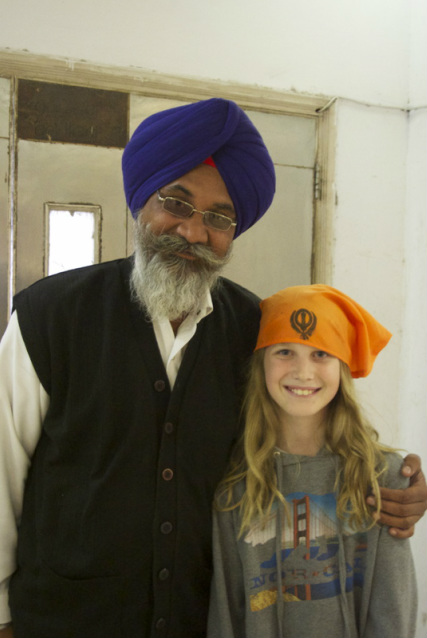
One of my new favorite spiritual/transcendental saying is, "You are always at the right place at the right time". Meaning if you just follow the path that your life puts you on, you will come across the exact right things, and learn exactly what you need to.
And I guess that includes going where scam-y cab drivers take you.
Yesterday, we planned a day out in Delhi and hired a cab and driver for a few hours near the hotel. He was one of those argumentative cab drivers that tries to take advantage of tourist by telling them that their desired destinations are too far and/or unsafe, while re-directing them to his "friend's stores". Every person reading this who had traveled internationally knows or has hired that guy.
So, after some arguing about where to go for shopping, and landing up at some dud spots, we found an amazing Western-style bookshop, which we needed desperately to get books for the train ride. Cool - and check box!
Next, all of the monuments and temples in the guide book were either too far, too crowded or too expensive by his take, but he knew a "free" temple tour we would like.
Well, it turned out to be his very own Sikh temple in the city - go figure!
Now, just to be clear, that is not him in the picture above - it is one of the holy men at the the Golden Temple who saw Maddy frowning and tried to cheer her up, and even suggested the picture!
So the cab driver got a paid trip to his own temple and even a donation out of us, but we also took an hour tour of the place, heard a live prayer ceremony, toured the grounds and even saw their famous kitchens which volunteers work daily to feed any poor who need a meal.
We all had to wear head covering and remove our shoes and socks, but that made it all the more authentic and special. And there were very few tourists there at all, so it turned out to be a unique, authentic and quite a moving experience.
It also turns out that his temple is one of the biggest and most revered in Delhi, so we actually did see a historic monument, but also had a real and moving experience.
So, despite having to deal with a less-than-straight-up cabby, the universe's plan for us yesterday turned out to be just right.
- Mike
And I guess that includes going where scam-y cab drivers take you.
Yesterday, we planned a day out in Delhi and hired a cab and driver for a few hours near the hotel. He was one of those argumentative cab drivers that tries to take advantage of tourist by telling them that their desired destinations are too far and/or unsafe, while re-directing them to his "friend's stores". Every person reading this who had traveled internationally knows or has hired that guy.
So, after some arguing about where to go for shopping, and landing up at some dud spots, we found an amazing Western-style bookshop, which we needed desperately to get books for the train ride. Cool - and check box!
Next, all of the monuments and temples in the guide book were either too far, too crowded or too expensive by his take, but he knew a "free" temple tour we would like.
Well, it turned out to be his very own Sikh temple in the city - go figure!
Now, just to be clear, that is not him in the picture above - it is one of the holy men at the the Golden Temple who saw Maddy frowning and tried to cheer her up, and even suggested the picture!
So the cab driver got a paid trip to his own temple and even a donation out of us, but we also took an hour tour of the place, heard a live prayer ceremony, toured the grounds and even saw their famous kitchens which volunteers work daily to feed any poor who need a meal.
We all had to wear head covering and remove our shoes and socks, but that made it all the more authentic and special. And there were very few tourists there at all, so it turned out to be a unique, authentic and quite a moving experience.
It also turns out that his temple is one of the biggest and most revered in Delhi, so we actually did see a historic monument, but also had a real and moving experience.
So, despite having to deal with a less-than-straight-up cabby, the universe's plan for us yesterday turned out to be just right.
- Mike
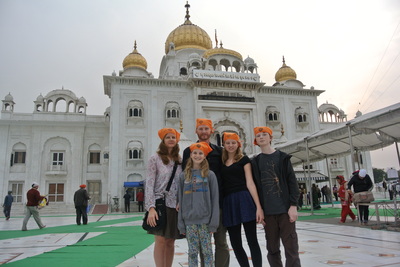
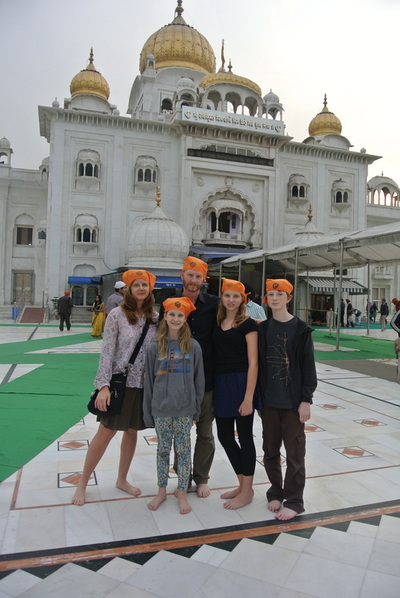
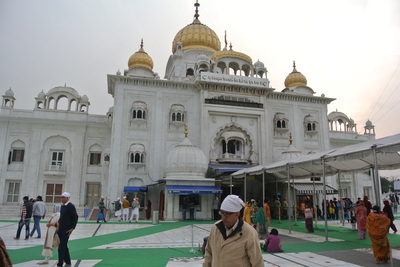
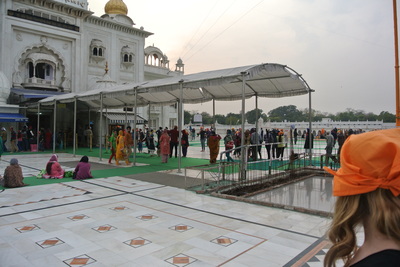
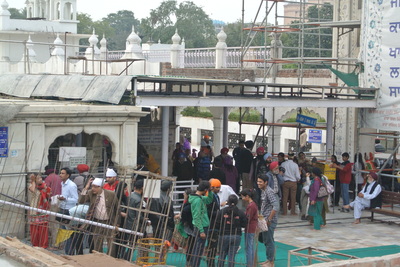

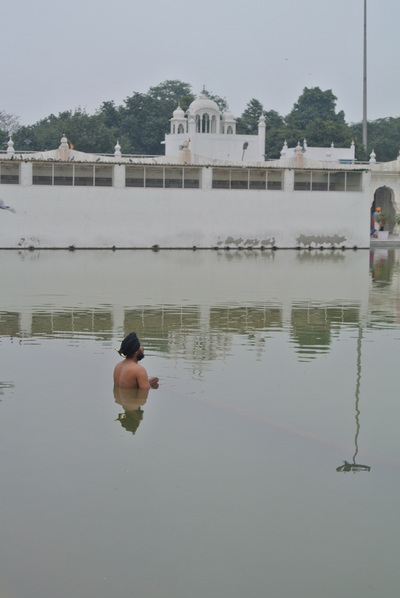
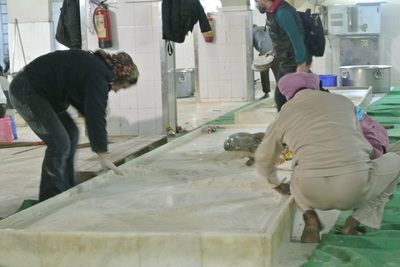
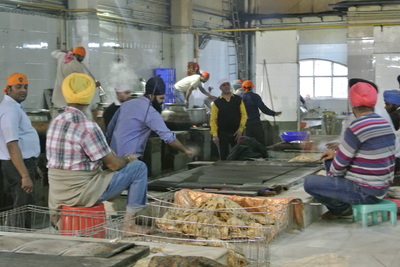
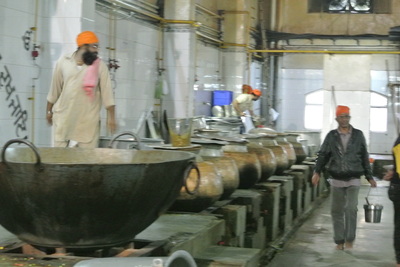
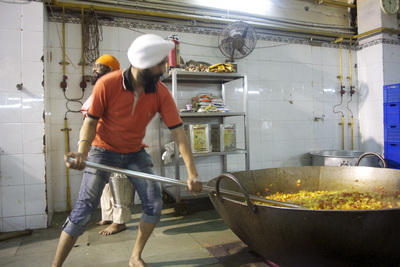
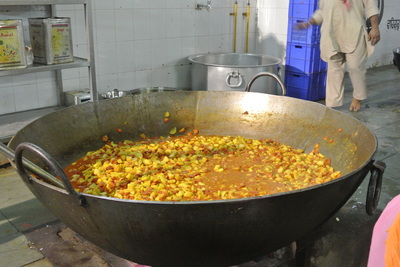
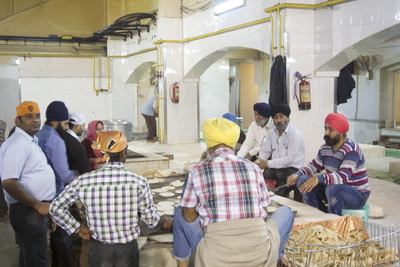
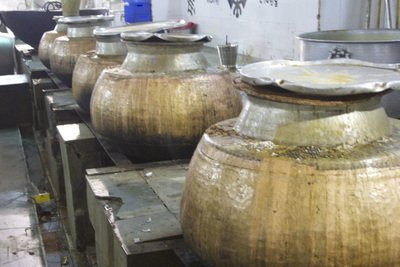
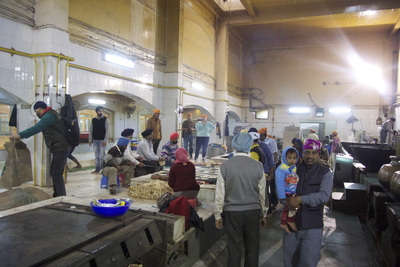

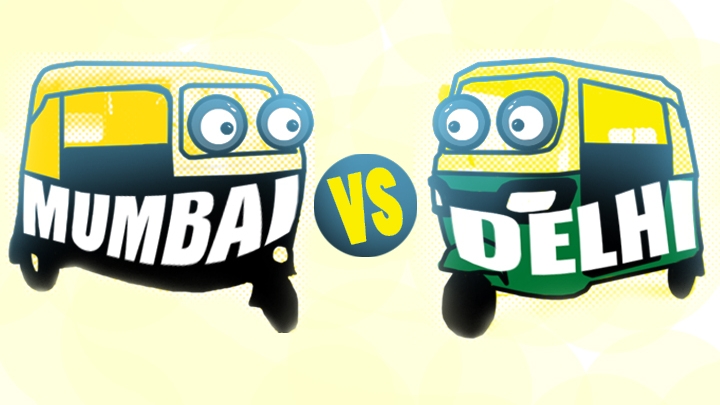
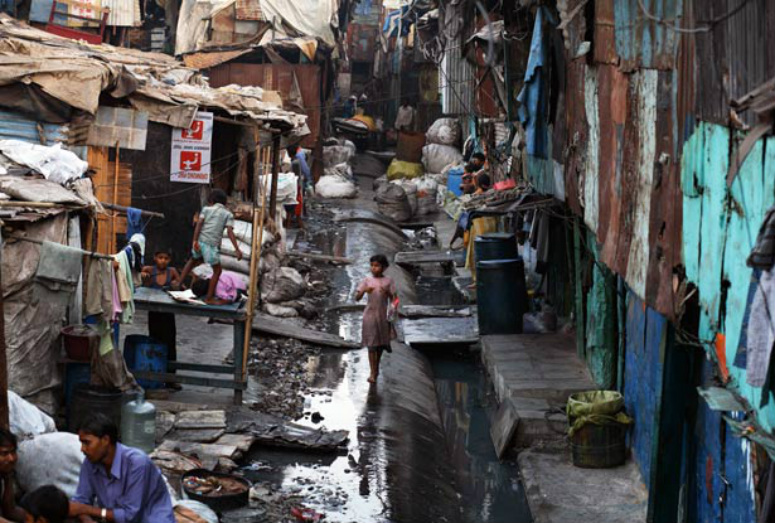
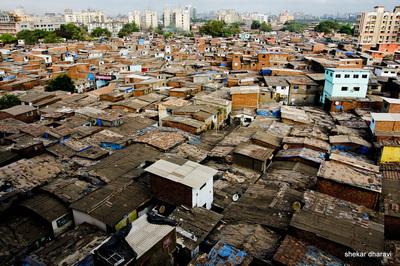
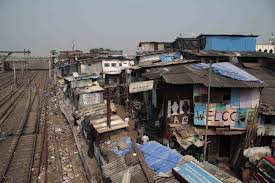
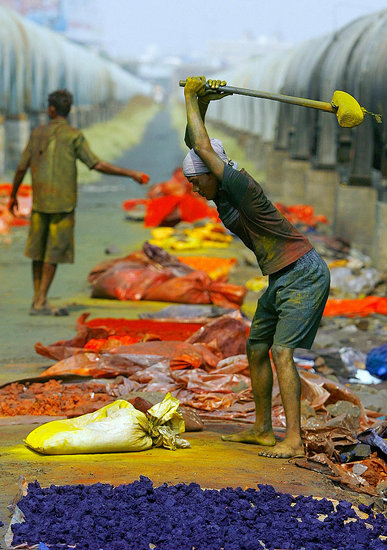
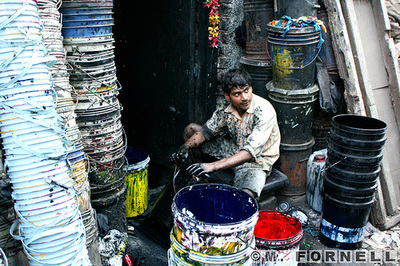

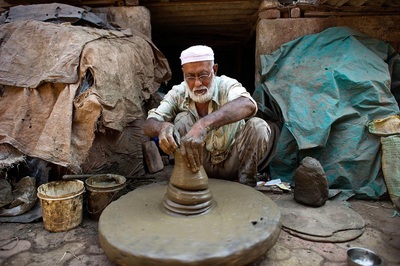
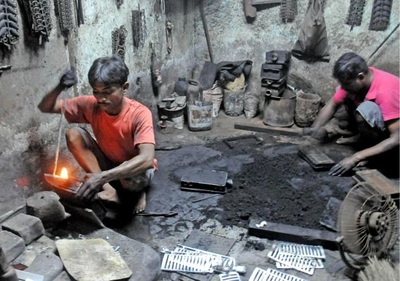
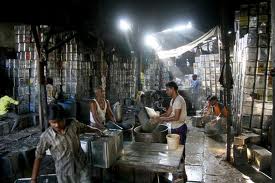
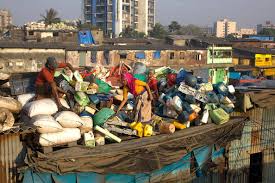
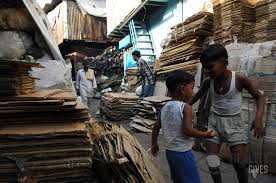
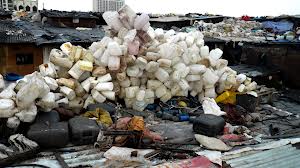

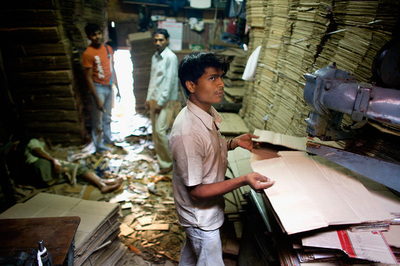
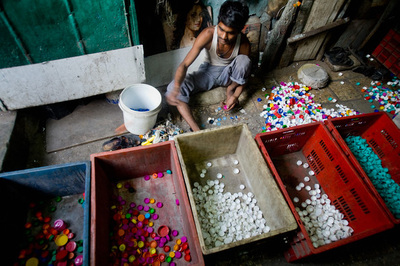
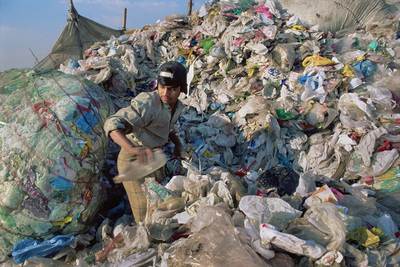
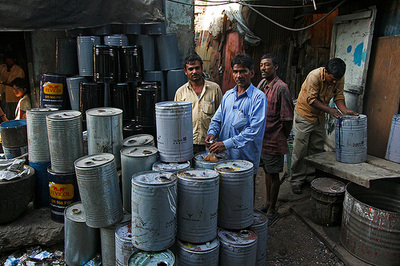

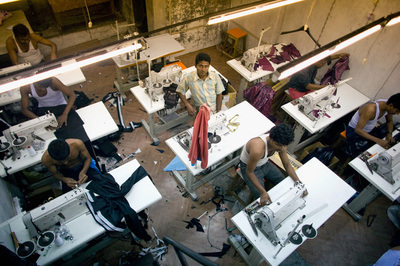
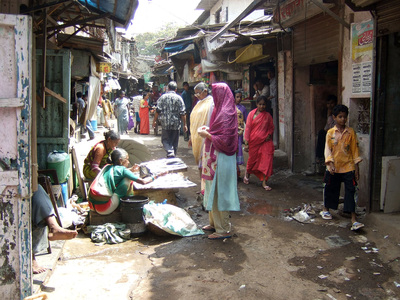
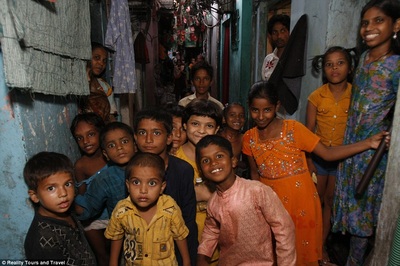
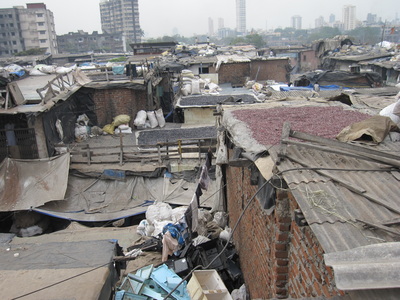
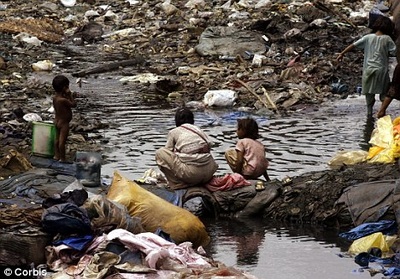
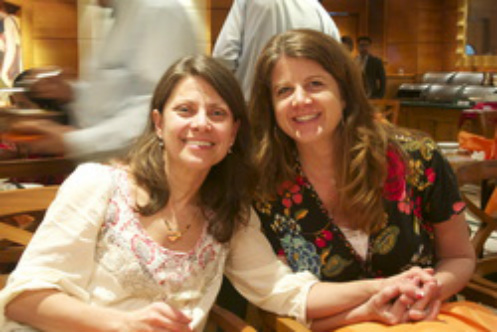
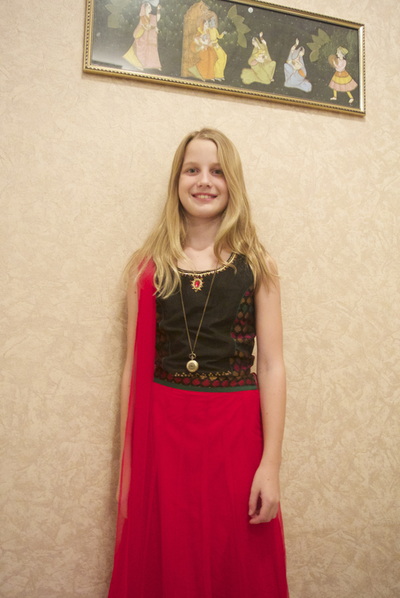
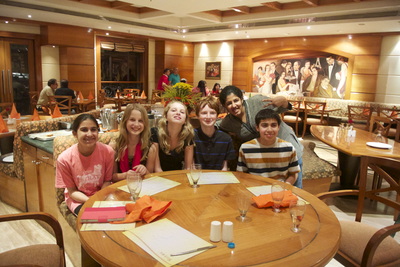
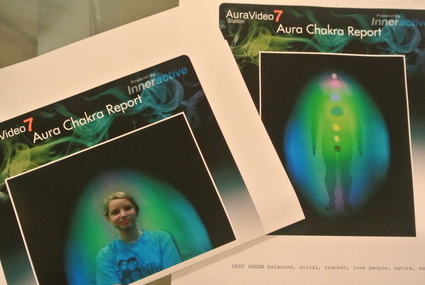
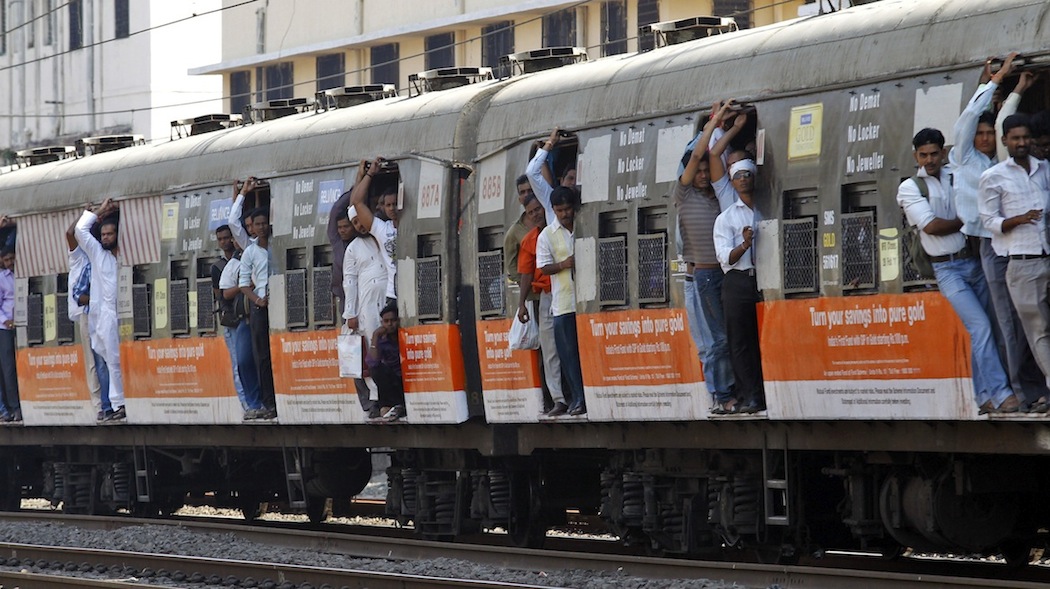
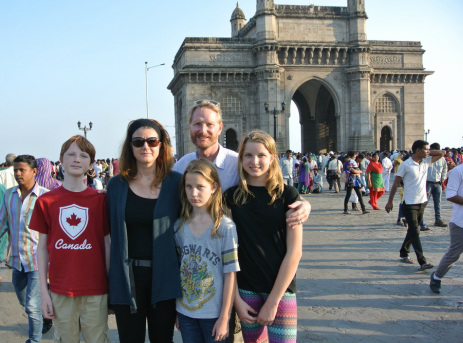
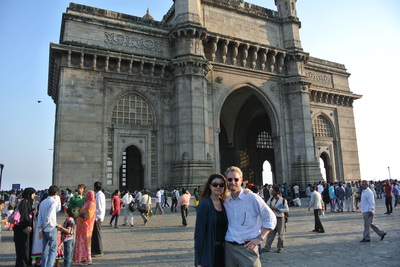
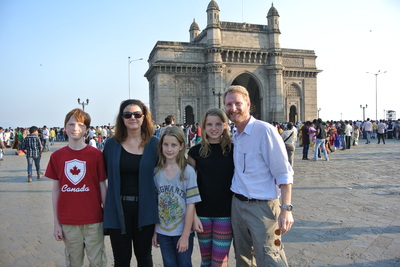
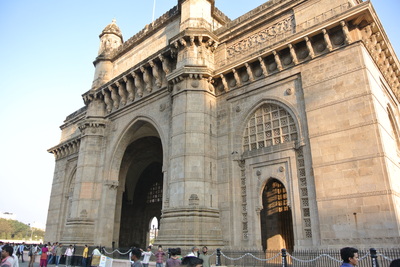
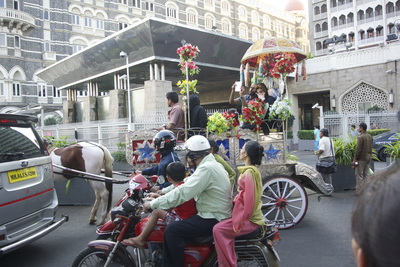
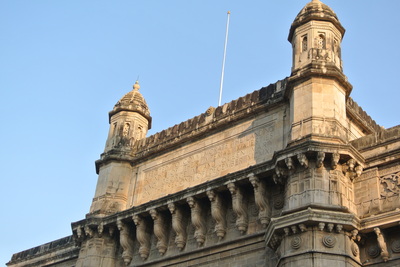
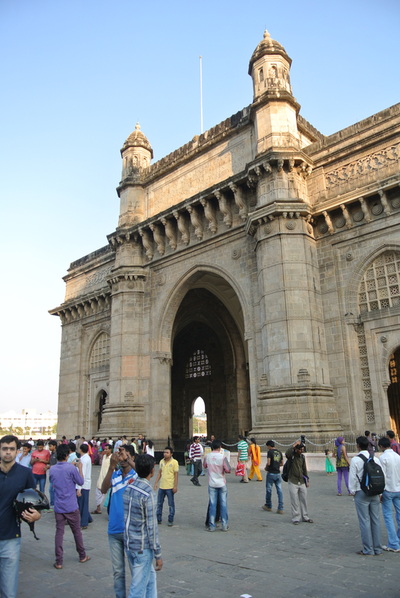
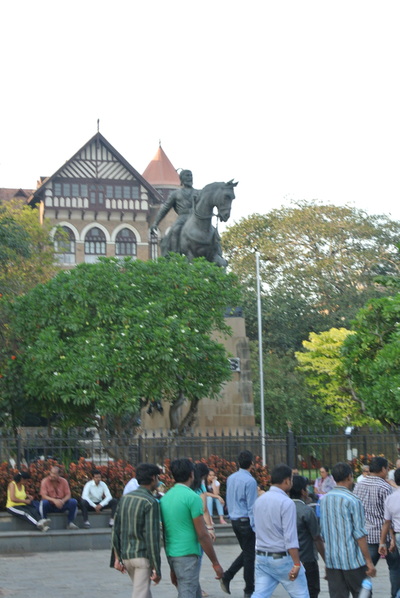
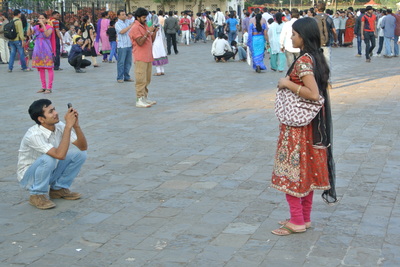

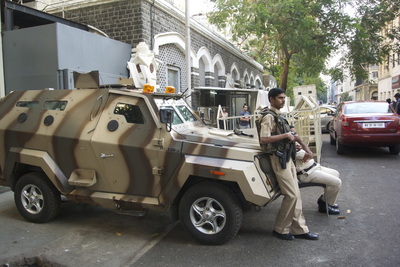
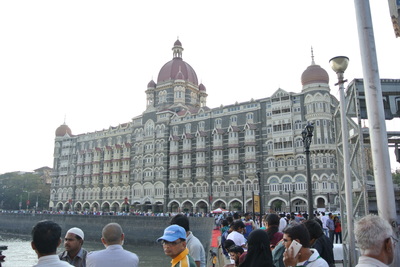
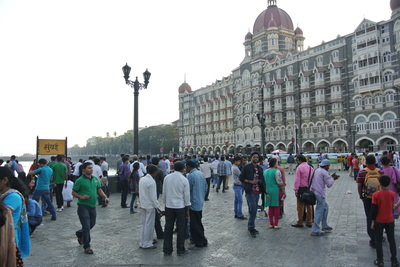
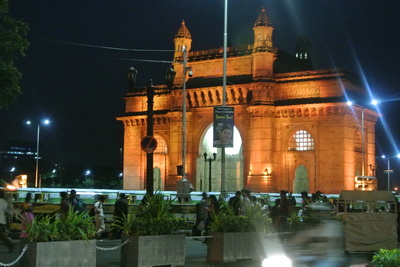
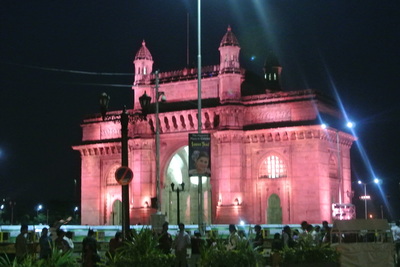
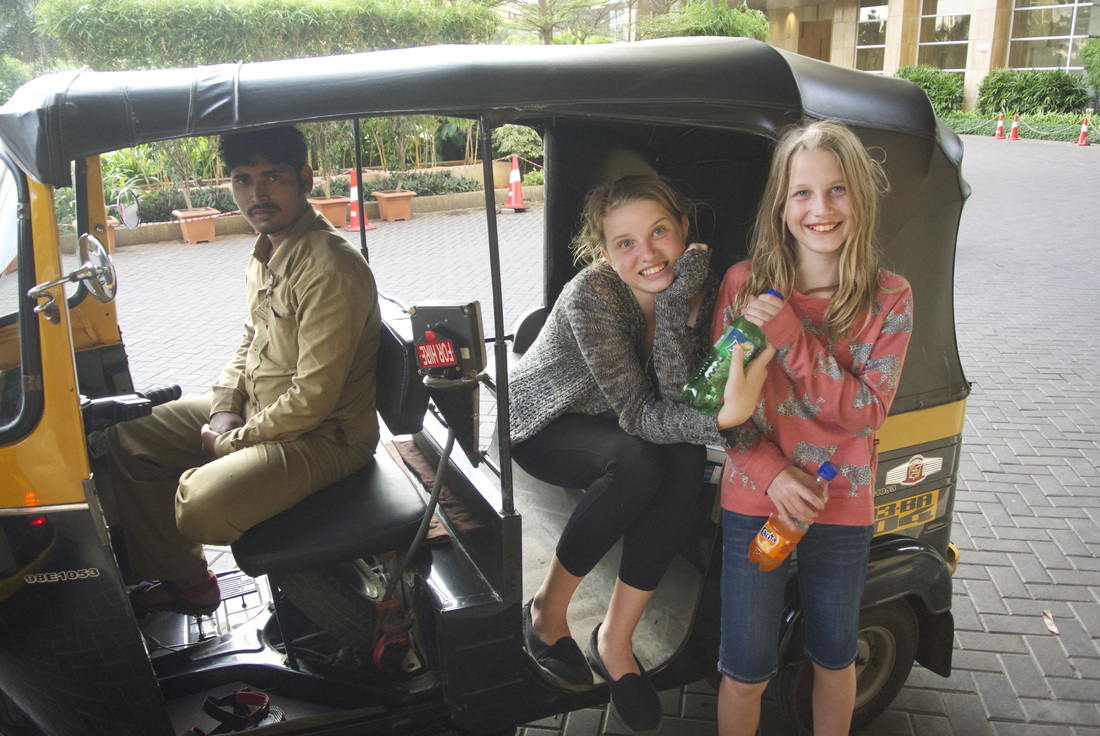

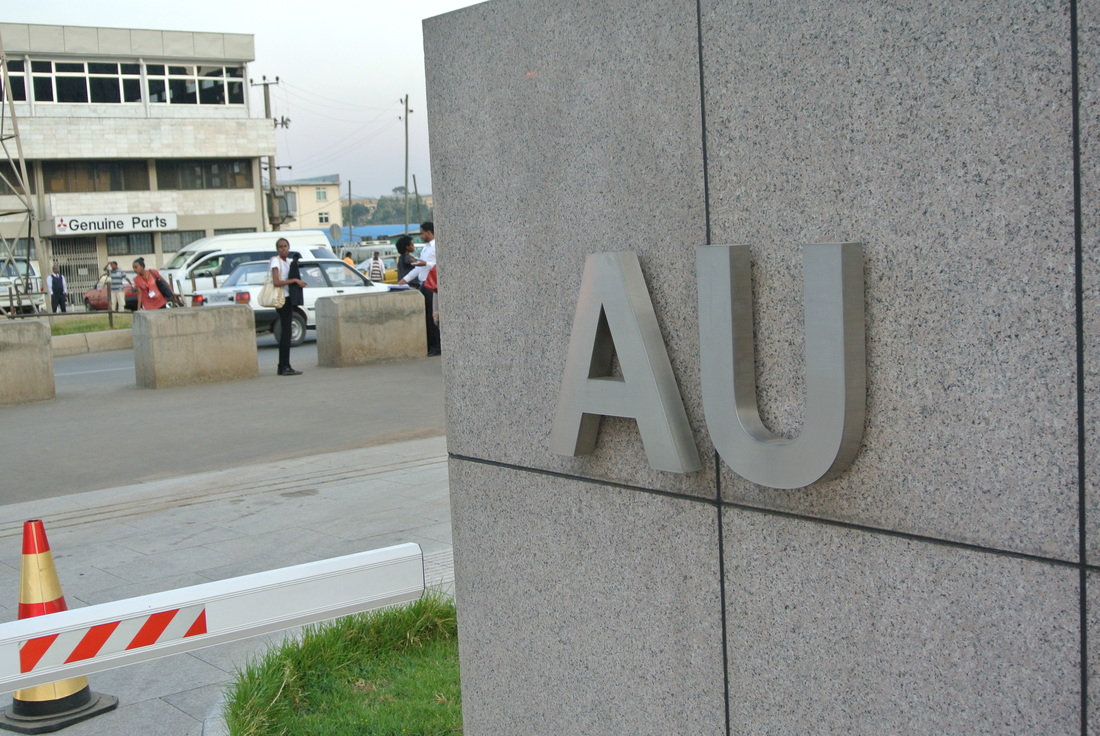
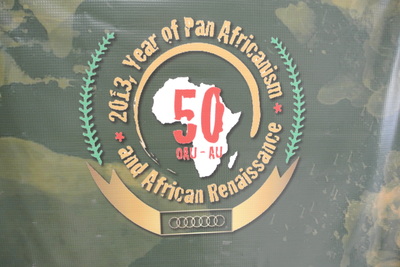
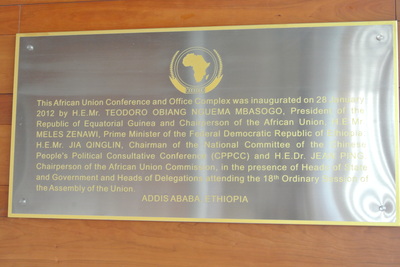
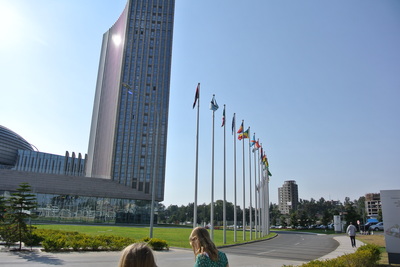
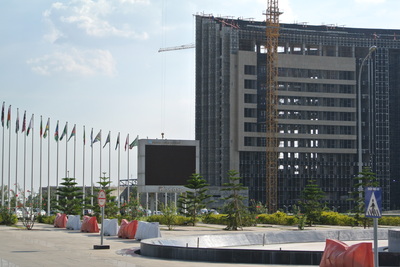
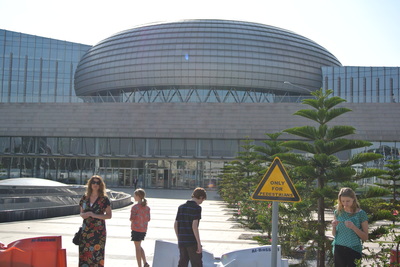
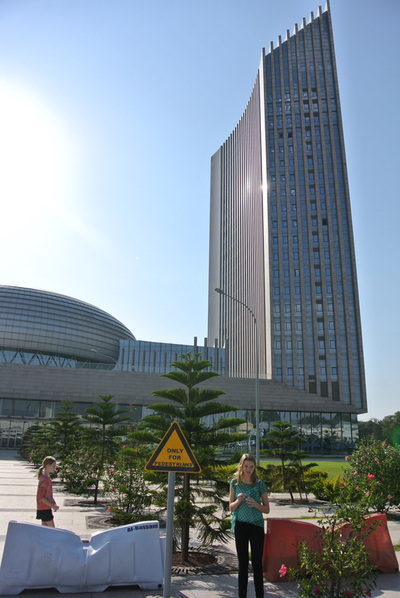
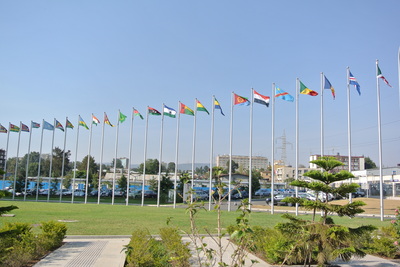
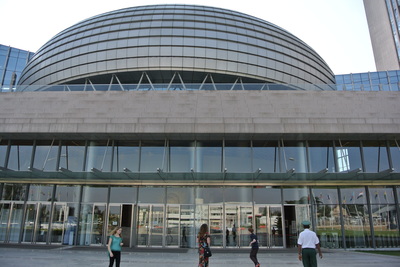
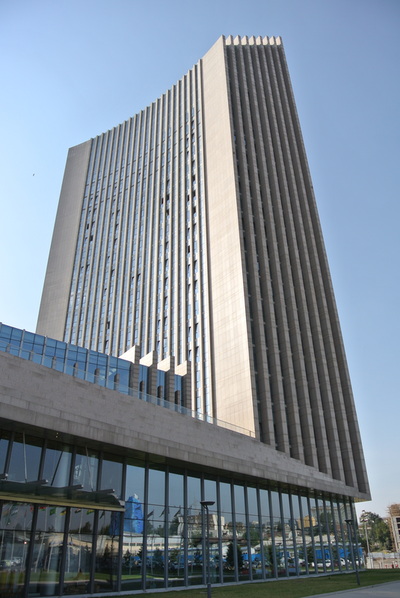
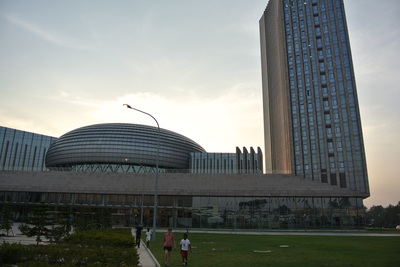
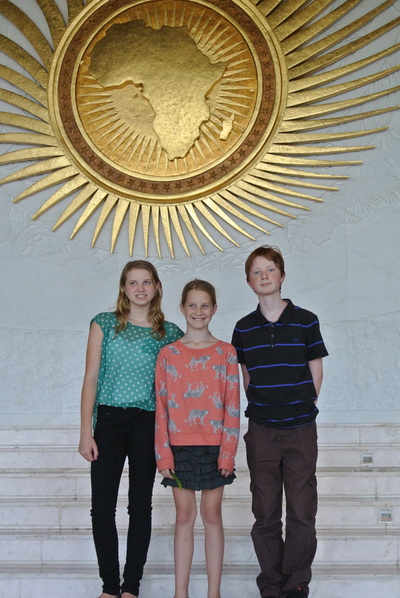
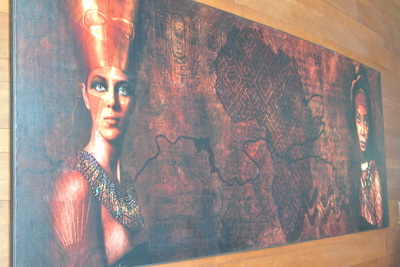
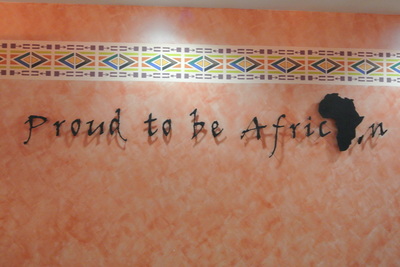
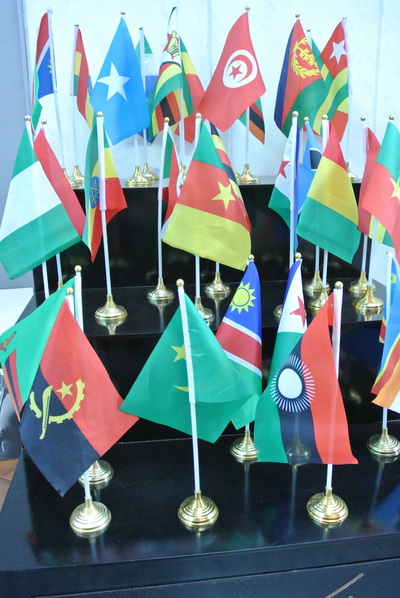
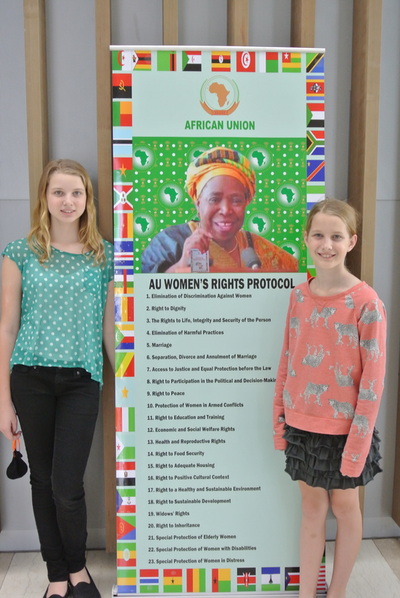
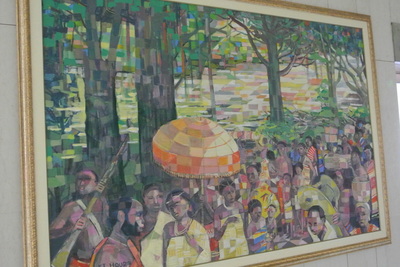
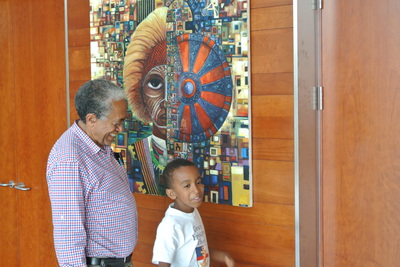
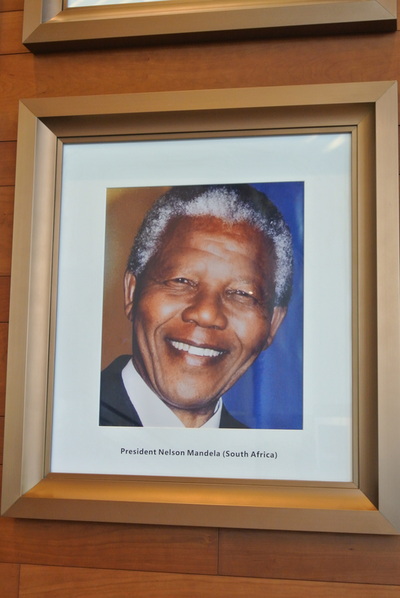
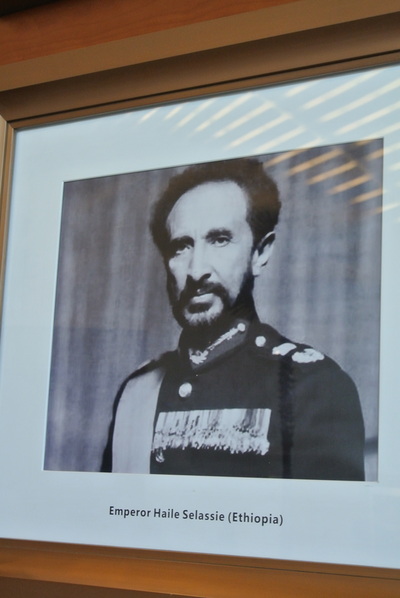
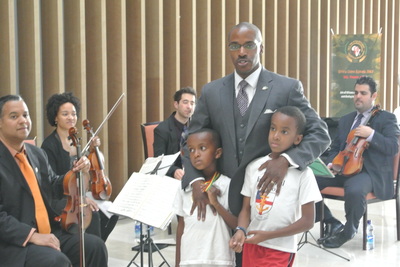
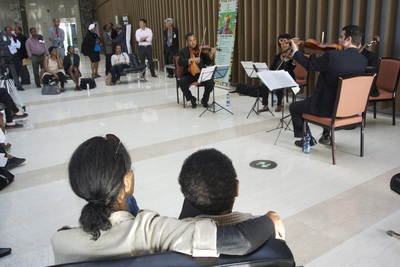
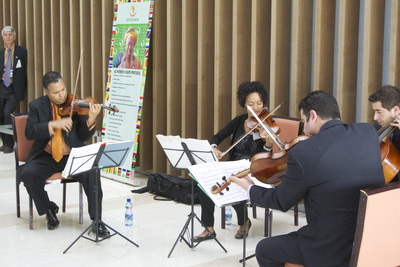
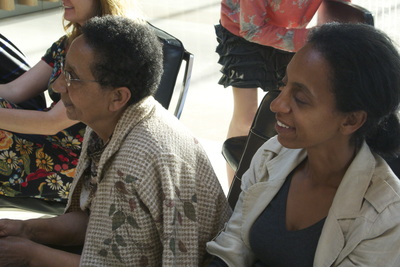
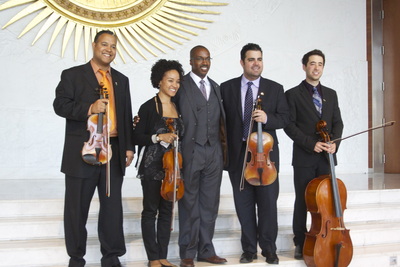
 RSS Feed
RSS Feed
